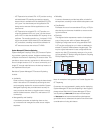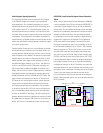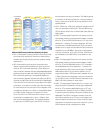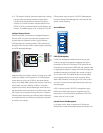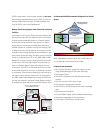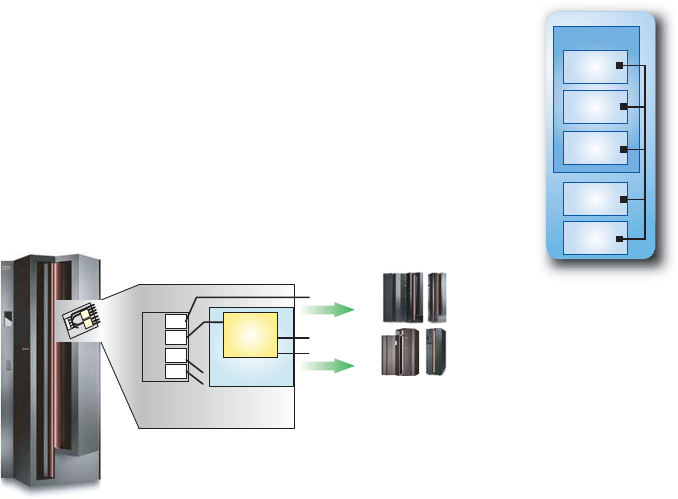
46
•
IC. The Internal Coupling channel emulates the Coupling
links providing connectivity between images within
a single server. No hardware is required, however a
minimum of 2 CHPID numbers must be defi ned in the
IOCDS. IC links provide the fastest Parallel Sysplex con-
nectivity. The z890 supports up to a maximum of 32 ICs.
Intelligent Resource Director
Exclusive to IBM’s z/Architecture is Intelligent Resource
Director (IRD), a function that optimizes processor and
channel resource utilization across Logical Partitions
(LPARs) based on workload priorities. IRD combines the
strengths of the zSeries LPARs, Parallel Sysplex clustering,
and z/OS Workload Manager.
Intelligent Resource Director uses the concept of an LPAR
cluster, the subset of z/OS systems in a Parallel Sysplex
cluster that are running as LPARs on the same zSeries
server. On a z890/ z990, systems that are part of the same
LPAR cluster may be in different LCSSs. In a Parallel
Sysplex environment, Workload Manager directs work to
the appropriate resources based on business policy. With
IRD, resources are directed to the priority work. Together,
Parallel Sysplex technology and IRD provide the fl exibility
and responsiveness to on demand e-business workloads
unrivaled in the industry.
IRD has three major functions: LPAR CPU Management,
Dynamic Channel Path Management, and Channel Sub-
system Priority Queuing.
zSeries IRD Scope
LPAR CPU Management
LPAR CPU Management allows WLM working in goal
mode to manage the processor weighting and logical
processors across an LPAR cluster. CPU resources are
automatically moved toward LPARs with the greatest need
by adjusting the partition’s weight. WLM also manages the
available processors by adjusting the number of logical
CPs in each LPAR. This optimizes the processor speed
and multiprogramming level for each workload, helps
reduce MP overhead, and helps give z/OS more control
over how CP resources are distributed to help meet your
business goals.
z/OS 1.2 enhances the LPAR CPU management capa-
bilities and will allow the dynamic assignment of CPU
resources to non-z/OS partitions outside the z/OS LPAR
cluster such as Linux or z/VM.
Dynamic Channel Path Management
In the past, and on other architectures, I/O paths are
defi ned with a fi xed relationship between processors and
ICB-4 (2.0 GBps)
ICB-3 (1 GBps)
ICB-3 (1 GBps)
z990
/
z890
z900
/
z800
STI
STI
STI
STI
M
B
A
I/O Cage
STI-3
MUX
4 x 2.0 GBps
STIs
4
x
2
G
B
/
s
S
T
I
I
/O
C
a
g
e
S
T
I-
3
M
U
X
S
T
I
-
3
MUX
B
A
M
S
T
I
S
T
I
S
T
I
S
T
I
LPAR Cluster
z/OS
z/OS
Linux
OS/390
ICF








